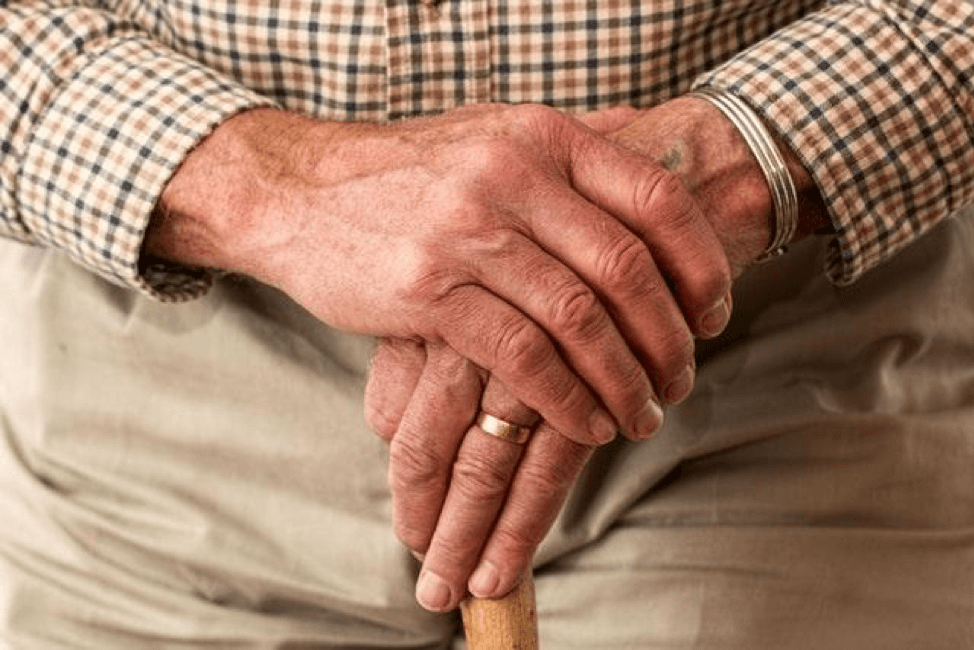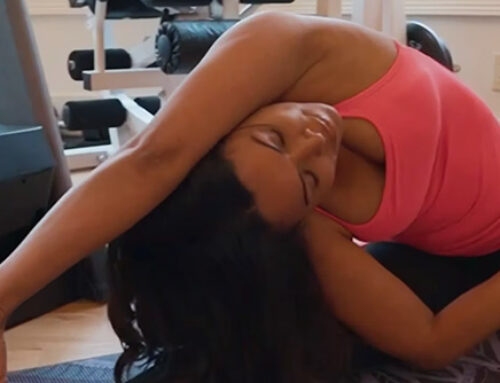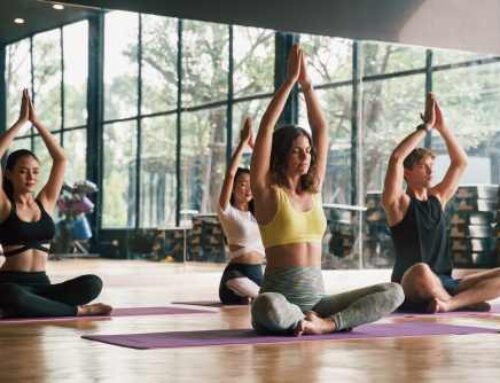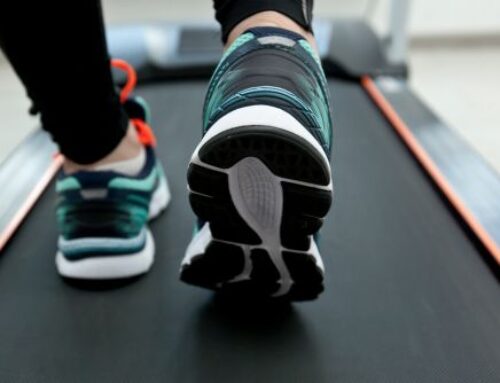Falls are Deadly for Seniors
While heart disease is the number one killer in the world, falls are the leading cause of death and injury for older adults in the United States. When a senior falls, they risk lacerations, bone fractures, and head traumas. Once they have a serious injury like that, it doesn’t take long for other health issues to snowball and leave lasting damage on the person’s body. Even if the fall doesn’t take their life, it can lead to mobility issues and continued care needs that can significantly impact a senior’s mental health.
The best course of action is to do whatever is possible to prevent falls for older adults. Vertigo from medications can often play a roll, so always review your medicine’s side effects, and have your doctor replace ones that cause dizziness or drowsiness. Evaluate your environment. It may behoove you to remove trip hazards like rugs, ottomans, and coffee tables in rooms with a lot of traffic. Open up curtains and let more natural light in, and consider adding more lamps and lights to rooms without windows. Seniors should have their vision tested at least once a year and report to their optometrists if they find their eyesight growing weaker or often experience blurry vision. Dress comfortably and choose shoes that are supportive and provide good friction.
Exercise as Fall Prevention
One fall prevention method that often gets overlooked is regular exercise. Many people assume that because the body is less mobile than when it was young, they can’t participate in sports or work out at the gym. The truth is, exercise has a whole slew of benefits for seniors. Working out regularly helps reduce the risk of developing certain diseases. Combined with a healthy diet, it is a great way to control weight. Exercise is also really beneficial for mental health. It relieves stress and reduces anxiety. When you exercise, your brain also gets a surge of feel-good neurotransmitters that promote feelings of positivity. Working out can also help prevent overall cognitive decline — something seniors can really benefit from.
When it comes to exercises for seniors, it’s important not to push the limits too much. The best exercises are low impact for a reduced risk of injury. Keeping the workouts indoors is also a good idea. While there are benefits to exercising outdoors, when limiting oneself to the indoors, seniors have easier and quicker access to medical help if needed.
Cardio Exercises for Seniors
Cardio exercises improve respiration, heart health, and immunity. An easy cardio workout for seniors to pick up is swimming. Swimming is gentle on the joints and very soothing. It doesn’t have to be done at any certain speed, and most seniors have access to a pool within their community. You can also use cardio equipment like treadmills, stationary bikes, or elliptical trainers that allow you to control the intensity of your workout while tracking progress.
Balance Exercises for Seniors
Balance exercises are especially important for fall prevention. Try doing routines like standing on one foot for as long as possible. Walk heel to toe for at least 20 steps, or simply walk over a straight line on a basketball court. You can also try chair exercises that help improve hip strength without putting too much strain on the body.
Step Exercises for Seniors
Step exercises can also be very helpful for preventing falls. In addition to improving balance, step workouts can reduce joint pain and improve mobility in the legs. See if your local community center offers a step training class for seniors to learn the basics of these workouts.
Strength Exercises for Seniors
Weight training can help reduce muscle and bone density loss in seniors. When it comes to strength exercises, stick with light weights and calisthenics that use body weight as resistance. Resistance bands and weight machines at the gym are also low impact enough for seniors to use.
****
Falls can be fatal for seniors. While there are many ways we can prevent falls– reducing tripping hazards, increasing natural light, avoiding certain medications, etc.– regular exercise may be the best one. Regularly participating in cardio, balance, step, and strength training improves a senior’s mobility to reduce their risk of falling.





Leave A Comment